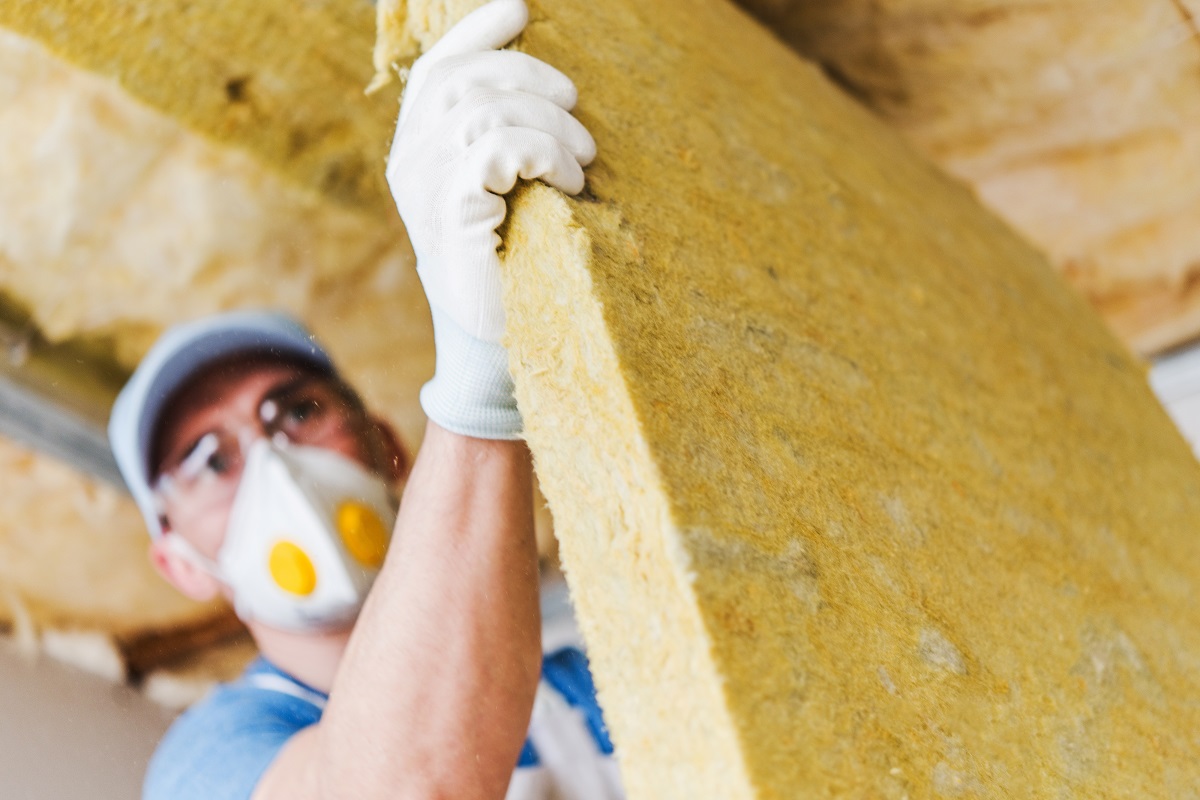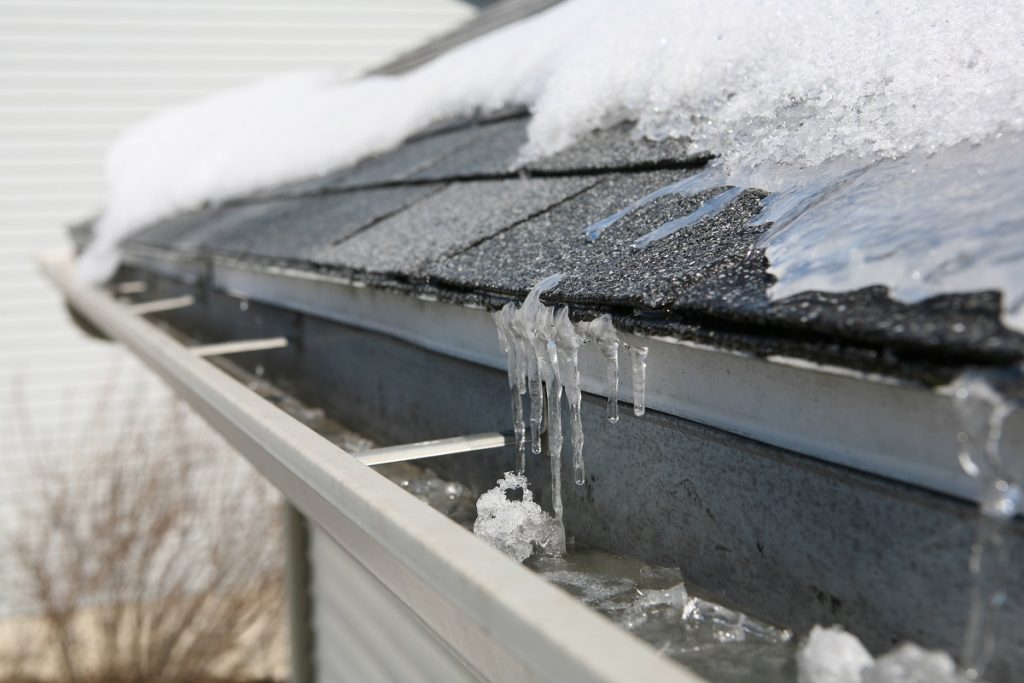- Proper insulation of attic, walls, windows, doors, and floors can help reduce heat loss and lower energy bills.
- Winterizing the exterior includes inspecting and repairing the roof, gutters, siding, windows, doors, and outdoor pipes.
- Regular gutter cleaning ensures proper drainage and prevents damaging ice dams from forming.
- Having your heating system checked by a professional before winter ensures it operates without issues during colder months.
- Preparing your home for winter avoids potential problems, providing peace of mind and saving money.
Winter is coming. The wind is getting colder, the nights are getting longer, and the snow is about to fall. While winter is a beautiful time of year, it’s also a time when many problems can occur around your home. From frozen pipes to roof leaks to high heating bills, you need to be prepared for everything winter offers. Fortunately, there are some steps you can take to avoid these issues and keep your home safe and comfortable during the colder months.
Insulate Your Home

To keep your home warm and comfortable during the winter, you need to ensure enough insulation. Insulation will help keep the heat inside your house and reduce energy bills. There are various areas of the home to insulate, so take the time to check the following:
Attic
The roof of your home is the biggest source of heat loss in winter. Check your attic’s insulation levels and ensure it’s sufficient for your climate. If it isn’t, add more insulation or consider installing a radiant barrier to help reduce heat transfer through the roof.
Windows and Doors
Check all windows and doors for drafts and replace any worn-out seals. You may also consider installing energy-efficient windows and doors to reduce heat loss and energy costs.
Walls
If your walls aren’t insulated, look into doing so. Adding insulation or weather-stripping will help keep the warm air in and reduce your heating bills. You may also want to seal any cracks or holes in the walls with caulking.
Floor
Even the floor can absorb and lose heat. You want to ensure your floors are properly insulated, especially in rooms with hardwood or tile flooring. Also, check any areas with a crawl space or basement underneath, as these can let out a lot of heat if not properly sealed off.
Winterize the Exterior
You also need to prepare the exterior of your home for winter. This includes inspecting and repairing the roof, gutters, siding, windows, and doors. Make sure all joints are sealed tight, and there are no cracks or gaps in any of these areas that can allow cold air to enter the home or let warm air escape.
You should also check outdoor pipes and faucets. For example, lawn sprinklers can be damaged by cold temperatures. The pipes may freeze and burst when cold outside, so ensure they are properly insulated or drained for the winter. Professional sprinkler winterization services are available for those who don’t feel comfortable doing this on their own.
Clean Your Gutters
Cleaning your home’s gutters is something that must be done regularly, especially during winter. When gutters are clogged with leaves and debris, melting snow cannot correctly drain, leading to ice dams that can cause water to seep into your home. Ensure to inspect your gutters before the snow starts coming down.
Start by using a ladder to reach the gutters. Use a trowel or gloved hand to remove debris and leaves inside the gutter channel. If there are any clogs, such as sticks, use a garden hose to flush them out. Once you have finished cleaning the gutters, check for any holes and patch them with gutter sealant.
Check Your Heating System

Before the colder months begin, have your heating system checked by a professional. Regular maintenance helps keep your heating system in good condition, ensuring it will operate in the coming months without any issues. If you need repairs, it is best to have them done before the colder months.
You may also want to consider installing a programmable thermostat, as this will help you control the temperature in your home while saving energy. Look into other energy-efficient heating alternatives, such as heat pumps or wood stoves. If you use a wood stove, make sure you have it professionally inspected and that your chimney is in good condition.
These steps can help you avoid potential issues, saving you money and peace of mind. Get a jump-start on preparing your home for winter so you can enjoy the season without spending money or facing any issues. With these tips, you can keep your home safe and comfortable throughout the colder months. Speak to your contractor about winter-proofing if you’re building or renovating your home.
